Last Updated on January 9, 2024
As a fervent admirer of the language of flowers and their profound symbolism, I couldn’t resist the allure of the heliotrope. In this article, we embark on a journey through the mystical world of heliotrope flowers, uncovering their hidden meanings and spiritual symbolism.
These dainty, fragrant blossoms have enchanted poets, mystics, and gardeners for centuries, with their unique history and significance.
Key Takeaways
- Linguistic Origins: The name “heliotrope” has Greek roots, with “hēlios” meaning “sun” and “trepein” meaning “turning of an object.” This results in “hēliotropion,” signifying a plant turning its flowers toward the sun.
- Symbolism and Mythology: Heliotropes are associated with the sun and express themes of devotion and everlasting love. The myth of Clytie, a nymph transformed into the heliotrope, ties the flower to unrequited love and eternal devotion, making it a symbol of passion and resilience.
- Color Symbolism: Different colors of heliotrope convey distinct meanings. Purple symbolizes devotion, white represents purity, blue signifies serenity, pink denotes affection, red expresses passion, yellow indicates happiness, and lavender is linked to spirituality. Mixed colors in arrangements convey varied emotions.
- Occasional Significance: Popular at weddings, heliotropes symbolize profound love and enduring relationships. In funeral arrangements, they signify love transcending life, providing comfort and lasting devotion.
- Tattoo Symbolism: Heliotrope flower tattoos symbolize devotion, often representing romantic feelings towards a partner.
Heliotrope Flower – What Is It?
The Heliotrope, people knows as cherry pie, or white queen, depending on the variety we are talking about, is a family of flowering plant grown all across the world. Especially in temperate and tropical climates that provide them with large amounts of water that they need.
Many in both Asia and Europe originally grown them. But they have since become popular around the world, planting themselves in many new places and environments. Such as North and South America, as well as in Australia and across the islands of the Pacific.
People best known them for green leaves that are rich in both color and texture. Their fragrant smell at the height of the season. Their small, vibrant flowers that grow in clusters across the shrub plant.
Heliotropes usually come in shades of purple. But many other varieties exist that allow for pinks, blues, whites, and plenty more. Although they often grow from seeds, and grow quickly if given a good start from early on, it is also possible to grow heliotropes from cuttings too.
That smell that heliotropes carry varies from plant to plant. Some smell faintly like fresh cherries, whilst other cultivars recorded smelling like vanilla, or sugar. It’s this variety that has made these plants popular in the past.
RELATED: Dandelion Flower Meaning, Spiritual Symbolism, Color Meaning & More
Exploring the Linguistic Origins of the Heliotrope Flower
Variety of Names
Heliotrope flowers have numerous names and nicknames, depending on the specific species, each with intriguing linguistic origins.
Variety of Names
Some regional names, like “cherry pie,” reflect the plant’s fragrance, resembling the scent of cooked cherries.
Stark White Varieties
“White queen” varieties are named for their stark white flowers, a contrast to the more common purple ones.
Stark White Varieties
The name “Heliotrope” originates from Old Greek words, “hēlios” meaning “sun,” tying it to the sun deity, and “trepein,” meaning “turning of an object.”
Sun-Turning Plant
This results in the Greek word “hēliotropion,” signifying a plant that turns its flowers toward the sun.
Latin Evolution
The term evolved into Latin as “heliotropium,” which is the genus name.
Linguistic Evolution
Over time, “heliotrope” transformed into “heliotropes” in Old English and merged with the French name “héliotrope,” eventually becoming the common name for this garden flower. The name has remained relatively consistent across centuries of linguistic evolution.
RELATED: Delphinium Flower Meaning, Spiritual Symbolism, Color Meaning & More
The Symbolism Of The Heliotrope Flower
The flower very much linked to the sun. Several ways express this tie. Thanks to the story of the nymph Clytie’s unrequited love for the sun god Helios, a topic we will discuss later. The heliotrope often symbolized devoted and everlasting love, regardless of what the recipient feels or that might hurt the giver.
The flower also represents the passion and resilience that comes with this kind of devotion to another.
Because of their association with the sun, the heliotrope also carries with it many ties to the element of fire. Connecting back to the themes of love and passion it represents, the flower can symbolize the burning passion someone feels for another.
Unlocking the Symbolism of Heliotrope Flower Colors
| COLOR | SYMBOLISM |
| Purple | Devotion and Enduring Love |
| White | Purity and Innocence |
| Blue | Serenity and Intimate Love |
| Pink | Affection and Tenderness |
| Red | Passion and Romantic Love |
| Yellow | Happiness and Friendship |
| Lavender | Spirituality and Meditation |
| Mixed Colors | Varied Emotions and Sentiments |
Heliotrope flowers come in various colors, and each color carries its symbolic meaning. Here’s what the different colors of Heliotrope flowers typically represent:
Purple Heliotrope
Devotion: The Purple Heliotrope symbolizes deep devotion, especially in the context of romantic love. It represents a strong and enduring commitment.
White Heliotrope
Purity: White Heliotrope is associated with purity and innocence. It can be used to express pure and genuine feelings, often used in weddings and other ceremonies.
Blue Heliotrope
Relaxation: The Blue Heliotrope symbolizes a sense of calm and relaxation. It represents peace and tranquility, making it an ideal choice for conveying peaceful emotions.
Pink Heliotrope
Affection: The Pink Heliotrope represents affection and fondness. It symbolizes gentle and tender feelings, often used to express love and care.
Red Heliotrope
Passion: Red Heliotrope symbolizes passionate and intense emotions, particularly romantic love. It represents strong feelings and desires.
Yellow Heliotrope
Happiness: Yellow Heliotrope is associated with happiness, joy, and friendship. It symbolizes cheerful sentiments.
Lavender Heliotrope
Spirituality: Lavender Heliotrope has spiritual significance and is often linked to meditation and inner peace. It represents a connection to the divine and higher consciousness.
Mixed Colors
Bouquets or arrangements featuring a mix of Heliotrope colors can convey various emotions and sentiments simultaneously, making them versatile for different occasions.
These color symbolisms add depth to the language of flowers, allowing individuals to express their feelings and intentions through the choice of Heliotrope flower colors.
RELATED: Cosmos Flower Meaning, Spiritual Symbolism, Color Meaning & More
Meaningful Botanical Characteristics Of The Heliotrope Flower
The Heliotropium genus is part of the Boraginaceae family of plants, which includes other well-known flowers such as the comfrey, the fiddleneck, and the forget-me-not flower family. Plants of this family tend to have alternately arranged leaf systems, although this is not a universal rule.
People usually found Heliotropiums ground around the tropics, as we already mentioned. With some of this plant’s range also covering temperate areas in places where humidity and rainfall are high enough.
The Heliotrope also comes in both annual and perennial varieties. This means that, depending on which species or cultivar, the flowering plant will complete its life cycle within the space of one or two years.
The plant itself is a pretty low-growing shrub, rarely growing taller than 3 feet in height at its peak.
Heliotropes grow at their best in soil conditions which means that they receive regular exposure to sunlight, whether that’s either chemically neutral or slightly alkaline.
Heliotropes are also a highly toxic genus of flowers. Their flowers, leaves, stems, and roots all produce high quantities of poisonous alkaloids, as a defense mechanism against many insects that usually feast on their leaves and stems.
A human or pet that consumes enough of this plant can expect weight loss, general weakness, liver failure, and neurological issues over a very short period, going from appearing healthy after consuming the plant, to showing symptoms in a matter of days.
Fortunately, most animals tend to ignore eating it, as it is quite unpalatable for most foragers and herbivores. However, if heliotropes are the only available green material for an animal to eat, or have somehow contaminated their feed, such as in consumed hay, then the likelihood of poisoning is very high.
Heliotrope Flowers: Adding Fragrance to Special Moments
- Wedding Symbolism: Heliotrope is a popular choice at weddings, symbolizing the deep and transcendent love between the bride and groom. It represents a love that goes beyond words and is often added to bouquets for a touch of deep purple.
- Harmony and Longevity: The green leaves of the heliotrope in wedding arrangements also convey the wish for harmony and a lasting relationship between the couple, hoping their love will endure for years to come.
- Anniversary Gifts: Heliotropes are cherished gifts for anniversary occasions, signifying not just love but everlasting devotion to one’s significant other. Their symbolism represents a kind of love that can last a lifetime.
- Everlasting Love: Heliotropes are occasionally used in funeral arrangements, symbolizing the love that transcends life itself. This symbolizes that love will continue to exist in the memories of those left behind, offering comfort and a sense of lasting love and devotion.
RELATED: Cyclamen Flower Meaning, Spiritual Symbolism, Color Meaning & More
Heliotrope Flower Cultural Significance
| OCCASION | SIGNIFICANCE |
| Weddings | Symbolizes profound love |
| Anniversaries | Represents enduring devotion |
| Funerals | Signifies everlasting love |
| Public Gardens | Used for their fragrance |
| Namesakes | Varieties named after notable women |
The name of the Heliotrope, as we’ve already touched on, stems from the Greek myth of the sun god Helios, as his betrayal of the nymph Clytie. The exact result depends on which regional story told. In some versions of the tale, Clytie dies of a broken heart.
Taking pity on her. Helios transforms her into the flowing plant that will always face the sun whilst it is in the sky. In other versions of the myth, specifically Ovid’s telling of it in the Metamorphoses, the heliotrope flower emerges from Clytie’s body as she wasted away, functioning as a symbol of her unrequited love for the god, where he did not answer or pity her.
It’s a sentiment that is in line with Ovid’s other interpretations of classic Greco-Roman mythology.
Much of the original fascination with the heliotrope flower stems from the Victorian languages of flowers, where many flower colors and species convey messages that would not be appropriate to verbalize in Victorian society.
The flower’s deep purple was also very popular to grow in public spaces, especially the Common heliotrope species. The vanilla-like fragrance that it created meant that it was a popular plant to grow in parks.
Emily Dickinson, one of the most prolific and pivotal poets in American poetry history of the 19th century, was buried with the vanilla-scented variety of heliotropes laid on the top of her coffin.
Given the poet’s many works that focused on themes of both flowers and gardening, as well as morbidity and death, it was certainly an appropriate final flower to be laid to rest with her.
Many cultivars are named after notable women of history. ‘Mary Fox’, the illegitimate daughter of King William the 4th, and ‘Florence Nightingale’, the reformer and founder of modern nursing practices, are amongst some names of popular varieties of heliotropes that can be found today.
Fascinating Heliotrope Flower Facts: Nature’s Fragrant Marvels
| FACT | DESCRIPTION |
| Spiritual Significance | Used in religious ceremonies and rituals |
| Devotion and Eternal Love | Symbolizes deep devotion and love |
| Historical Herbal Use | Traditional use in herbal medicine |
| Cultural Importance | Featured in folklore and cultural traditions |
| Sweet Fragrance | Known for its sweet vanilla and cherry-like scent |
| Attract Pollinators | Nectar and fragrance attract pollinators |
| Variety of Colors | Various hues with distinct meanings |
| Long-Lasting Blooms | Symbolizes enduring love and devotion |
| Garden Beauty | Enhances the beauty of gardens |
| Fragrant Arrangements | A popular choice for cut flower arrangements |
- Spiritual Significance: Heliotrope flowers have been linked to spirituality and are used in various religious ceremonies and rituals.
- Devotion and Eternal Love: They symbolize deep devotion and eternal love, making them a popular choice for expressing romantic feelings.
- Historical Herbal Use: These flowers have been used in traditional herbal medicine for their potential healing properties.
- Cultural Importance: Heliotrope flowers feature prominently in folklore, legends, and cultural traditions around the world.
- Sweet Fragrance: They are known for their sweet vanilla and cherry-like scent, which adds to their spiritual and cultural significance.
- Attract Pollinators: The nectar and fragrance of heliotrope flowers attract pollinators, contributing to the ecosystem and symbolizing harmony with nature.
- Variety of Colors: These flowers come in various colors, with each hue carrying its symbolic meaning.
- Long-Lasting Blooms: Heliotrope flowers can last for weeks, symbolizing enduring love and devotion.
- Garden Beauty: They enhance the beauty of gardens, serving as focal points in outdoor spaces.
- Fragrant Arrangements: Heliotrope flowers are a popular choice for cut flower arrangements, adding their delightful scent to special occasions and celebrations.
RELATED: Daffodil Flower Meaning, Spiritual Symbolism, Color Meaning & More
Heliotrope Flower Uses
The heliotrope is a toxic plant to consume raw for people and animals, as we already touched on. However, they have found themselves being used in plenty of herbal remedies.
The juice from the Indian heliotrope has been used to treat injuries such as ulcers and other small open wounds for many years where it grows in the Philippines, although treatment of mouth ulcers is done carefully, given the toxic nature that all parts of the plant share.
The plant has also been used to treat a whole range of skin conditions like calluses and warts, either in its raw form as a plant, or when it is used in essential oils.
Oils are where heliotropes find they are most used, as they can be used in creating scented perfume. Oils and saps from the heliotrope plant could also be used as a kind of food coloring, which was fairly common throughout Europe in the medieval to the early modern period, especially in places like France.
Symbolism Of A Heliotrope Flower Tattoo
Flowers are a common symbol when it comes to tattoos. The long, flowing imagery is a popular choice to have inscribed onto your body.
The heliotrope flower is specifically a symbol that many people choose to have on them because it represents the devotion to another person, often their partner or someone they are romantically attracted to.
Having that symbol of love permanently etched onto your body is certainly an appropriate way of reflecting that for some people.
RELATED: Dahlia Flower Meaning, Spiritual Symbolism, Color Meaning & More
Conclusions
As we’ve seen in this guide, there are plenty of reasons to show this wonderful flower the love and attention it deserves.
Much like the love it represents, the light and the love that this flower embodies make it a symbol that has endured the test of time, and allowed it to root its way back into the public gardens and hearts. And we hope this guide has helped show you why that is!
Frequently Asked Questions
What Is The Spiritual Significance Of Heliotrope Flowers?
Heliotrope flowers are associated with spirituality and are used in various religious ceremonies and rituals. They hold symbolic importance in connecting individuals to the divine.
What Does The Heliotrope Flower Symbolize In The Context Of Love?
Heliotrope flowers symbolize deep devotion and eternal love. They are often chosen as a representation of profound romantic feelings and commitment.
Are There Any Historical Uses Of Heliotrope Flowers In Herbal Medicine?
Yes, Heliotrope flowers have been used in traditional herbal medicine for their potential healing properties. They were believed to have medicinal qualities.
How Do Heliotrope Flowers Contribute To Cultural Traditions And Folklore?
Heliotrope flowers feature prominently in folklore, legends, and cultural traditions worldwide. They hold cultural significance and play roles in various stories and customs.
What Is The Fragrance Of Heliotrope Flowers Known For?
Heliotrope flowers are famous for their sweet vanilla and cherry-like scent. This fragrance adds to their spiritual and cultural significance.
Do Heliotrope Flowers Have An Ecological Role?
Yes, the nectar and fragrance of Heliotrope flowers attract pollinators like bees and butterflies. This ecological role symbolizes harmony with nature and contributes to the ecosystem.
Are There Different Colors Of Heliotrope Flowers, And Do They Have Specific Meanings?
Heliotrope flowers come in various colors, and each color carries its unique symbolic meaning. For example, purple may symbolize devotion, while white may represent purity.
How Long Do Heliotrope Flowers Typically Bloom?
Heliotrope flowers have a relatively long-lasting bloom and can remain fresh for weeks. This longevity is often associated with the symbolism of enduring love and devotion.
Can Heliotrope Flowers Be Grown In Gardens?
Yes, Heliotrope flowers can enhance the beauty of gardens and serve as focal points in outdoor spaces. They are cultivated for their aesthetic appeal.
Are Heliotrope Flowers Used In Cut Flower Arrangements?
Heliotrope flowers are a popular choice for cut flower arrangements, thanks to their delightful fragrance. They are often included in special occasion floral displays and celebrations.
- Aconite Flower Meaning, Spiritual Symbolism, Color Meaning & More - February 15, 2022
- Allium Flower Meaning, Spiritual Symbolism, Color Meaning & More - February 15, 2022
- Alstroemeria Flower Meaning,Spiritual Symbolism,Color Meaning & More - February 15, 2022

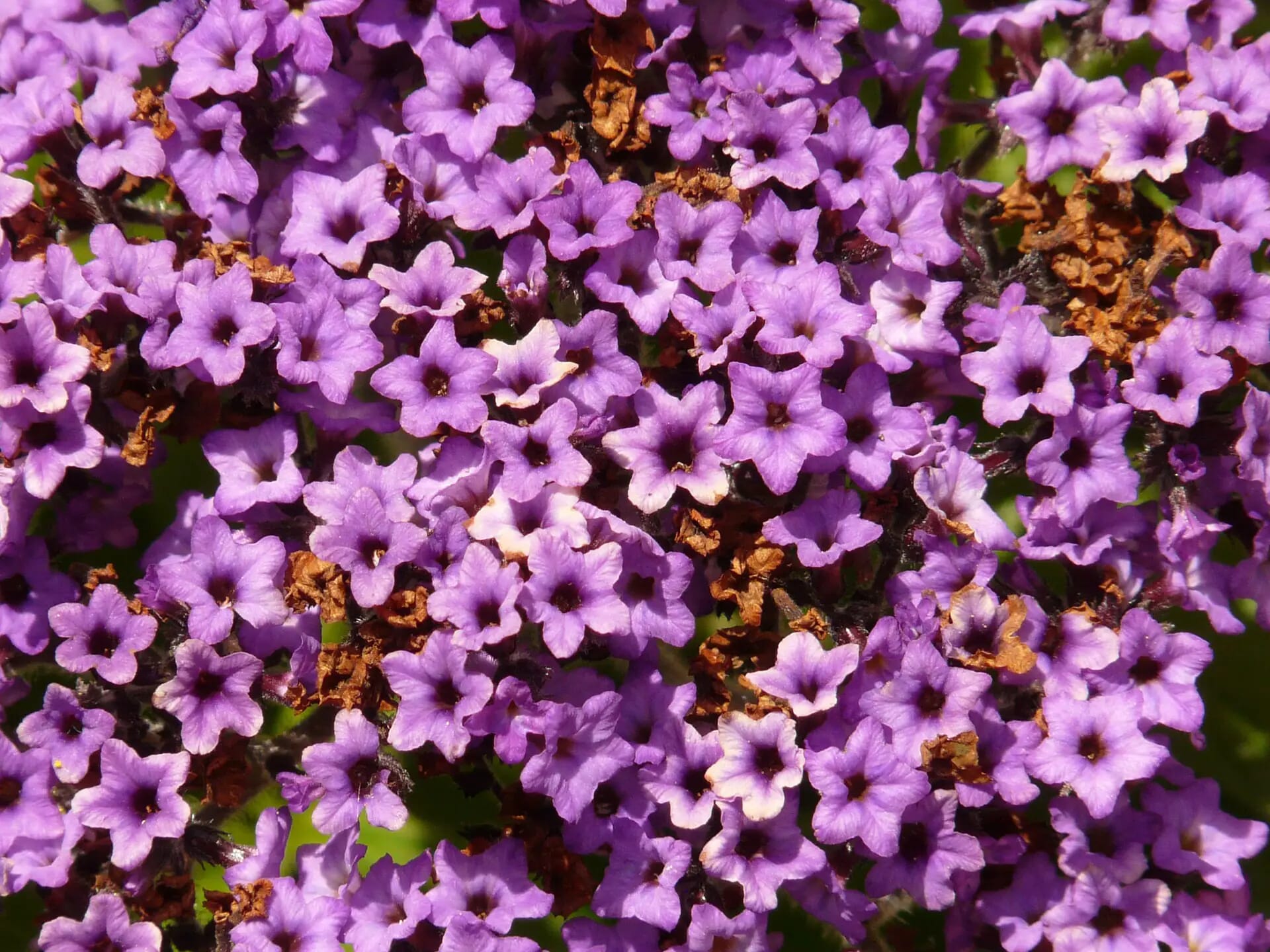




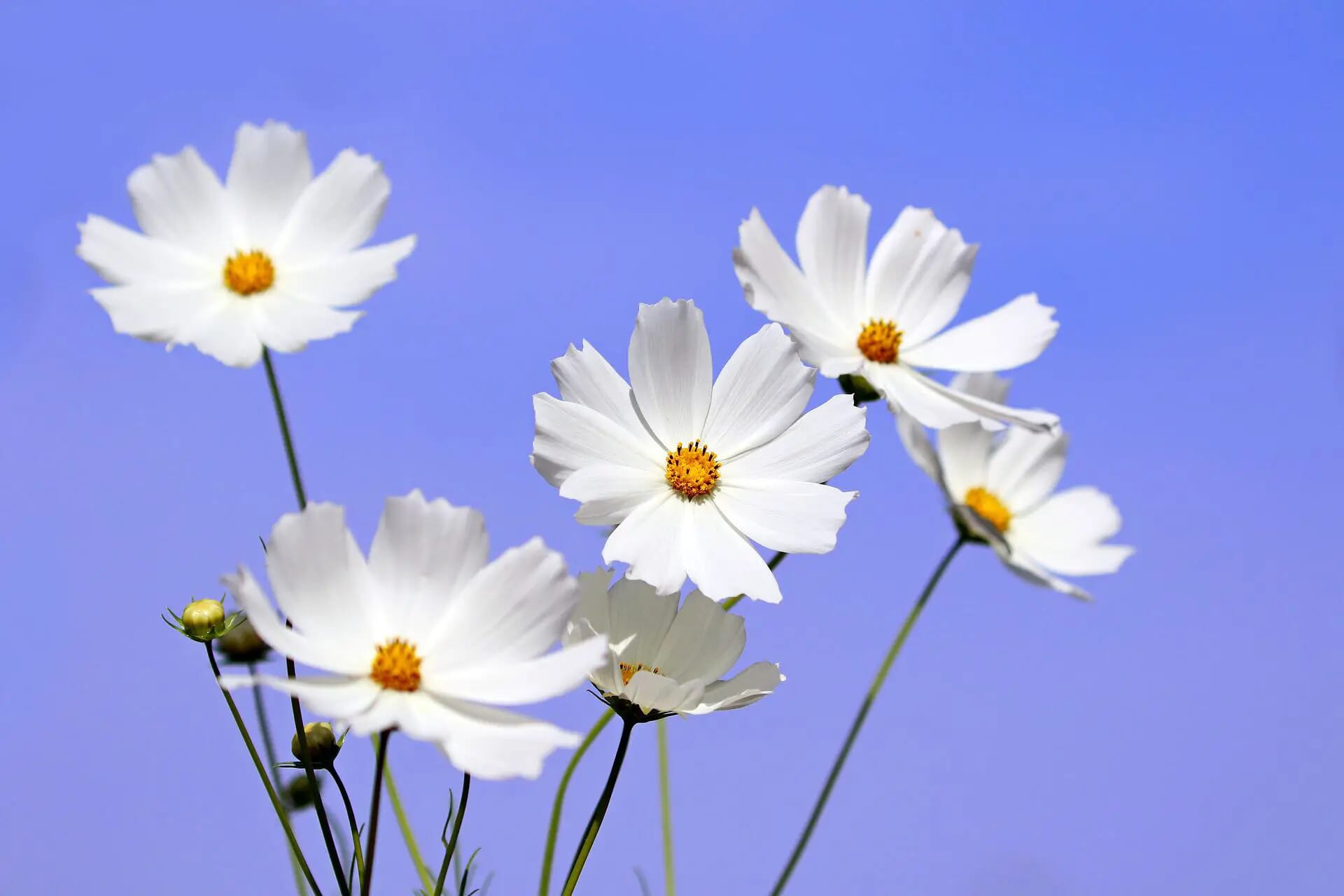
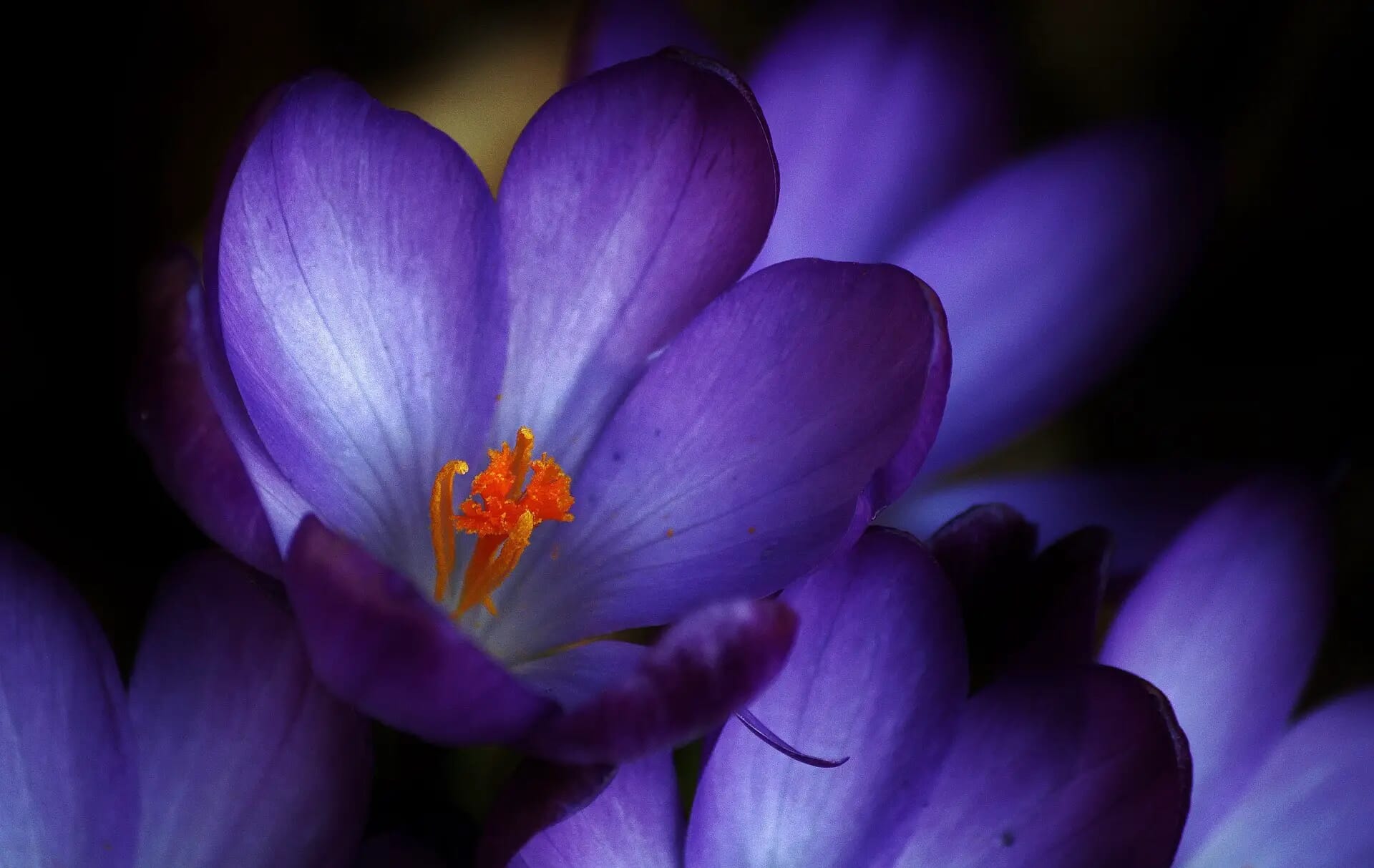
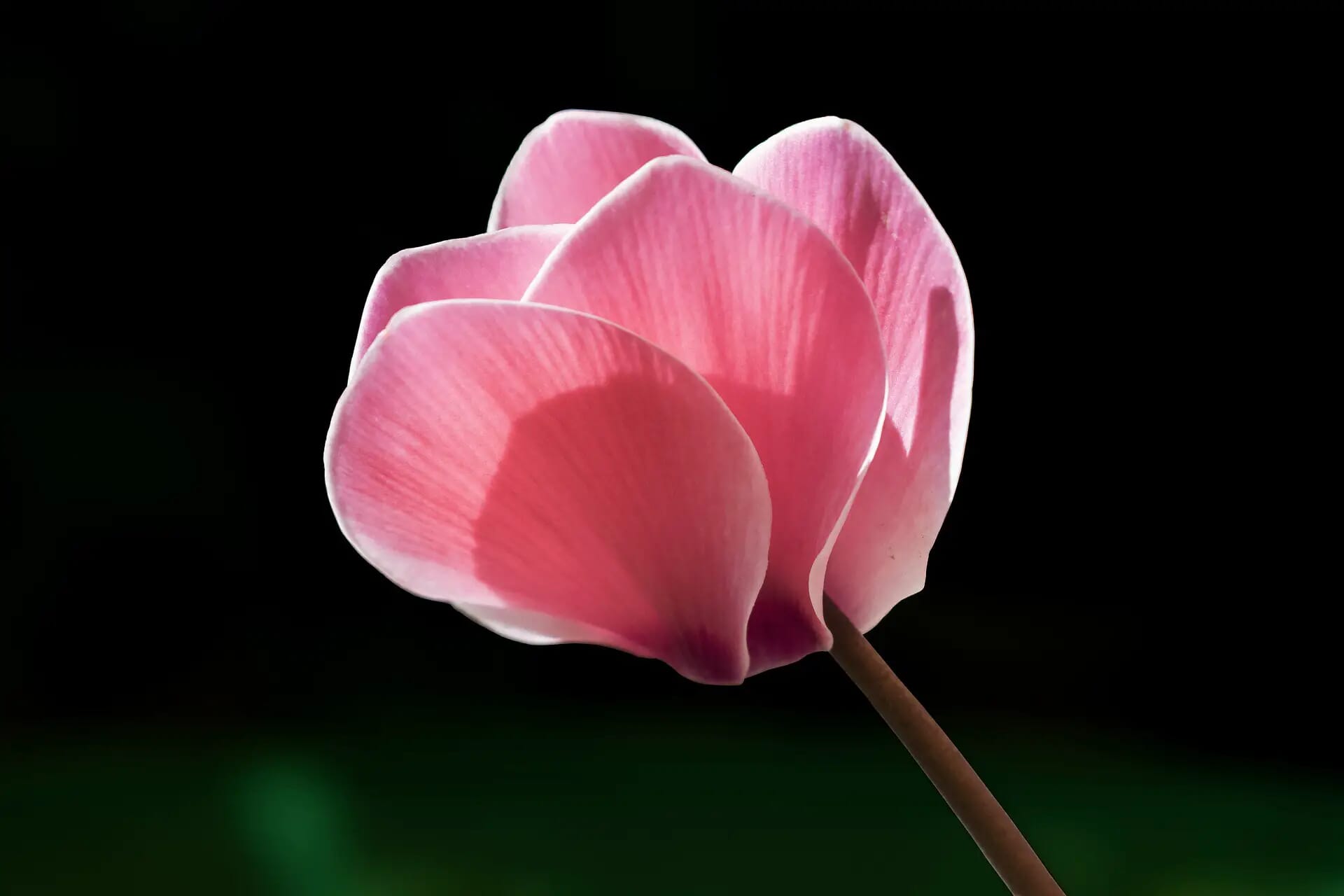
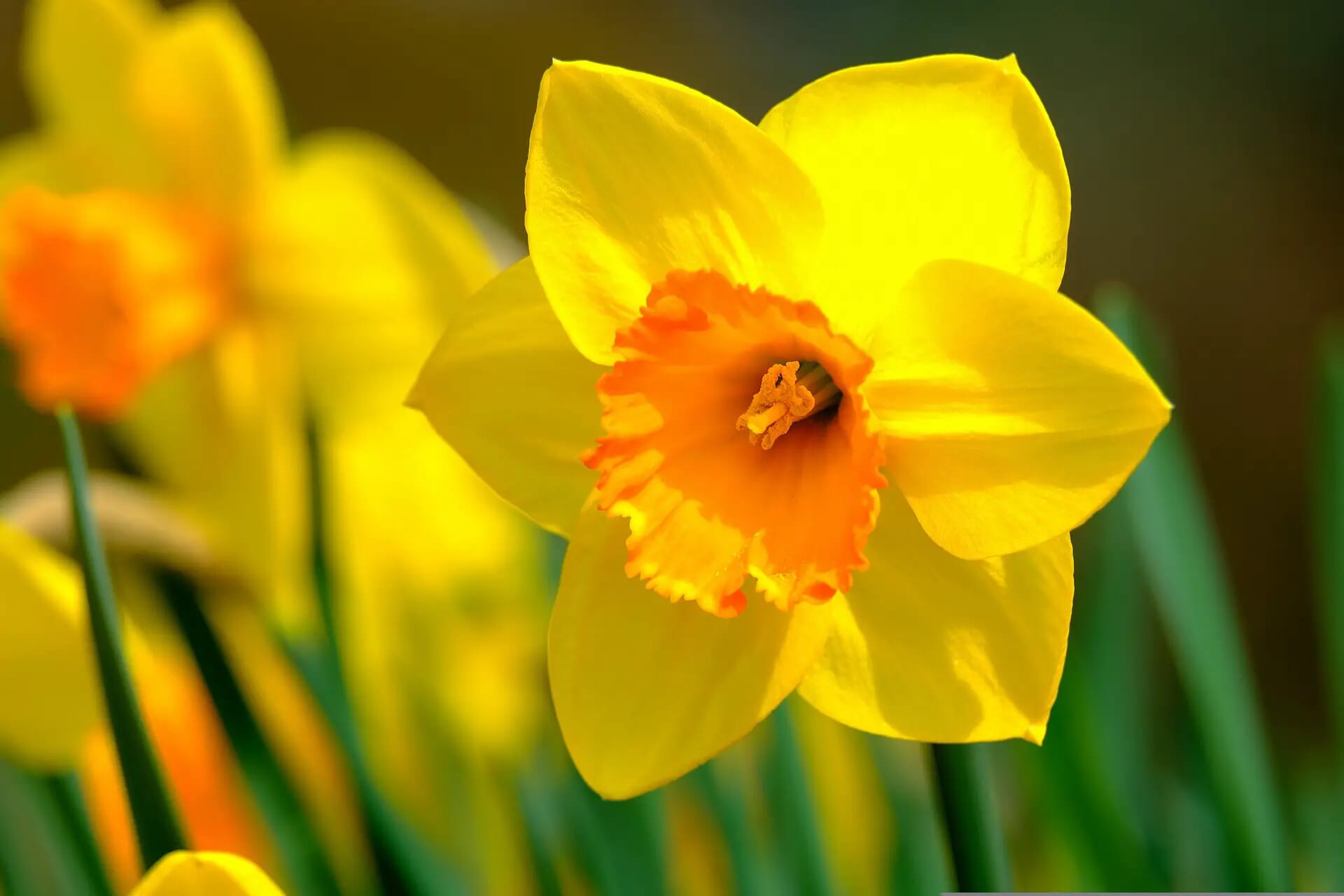
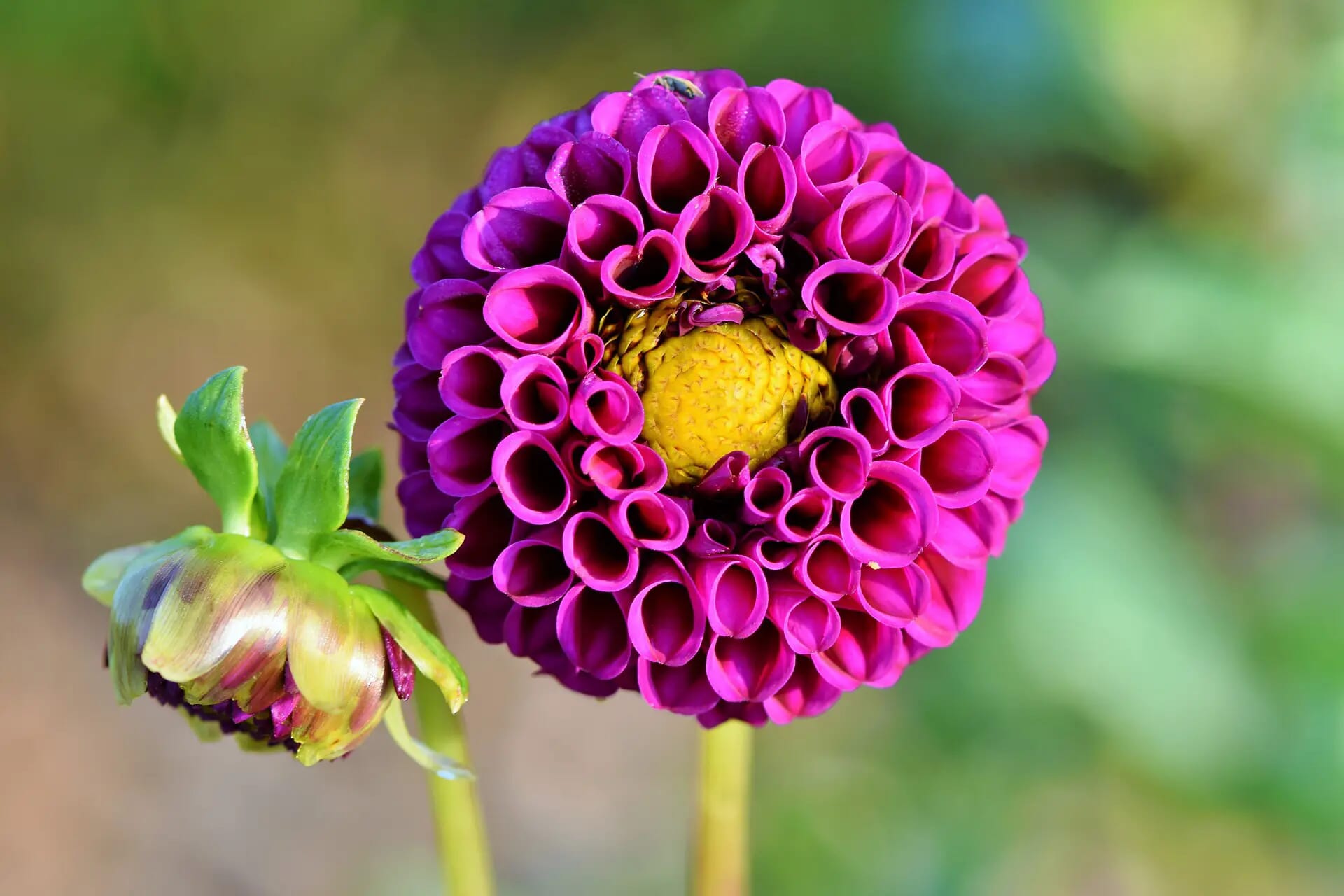
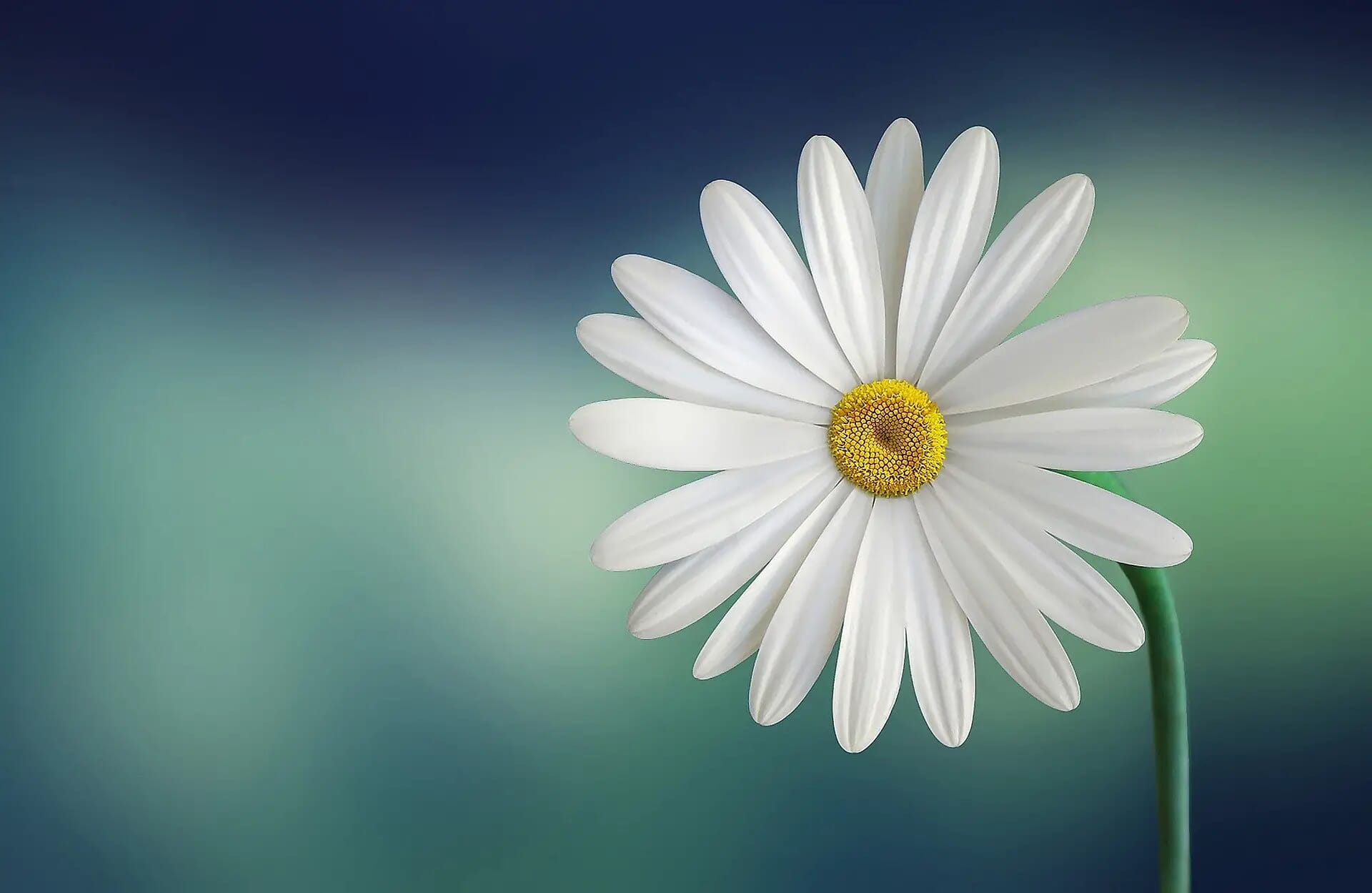
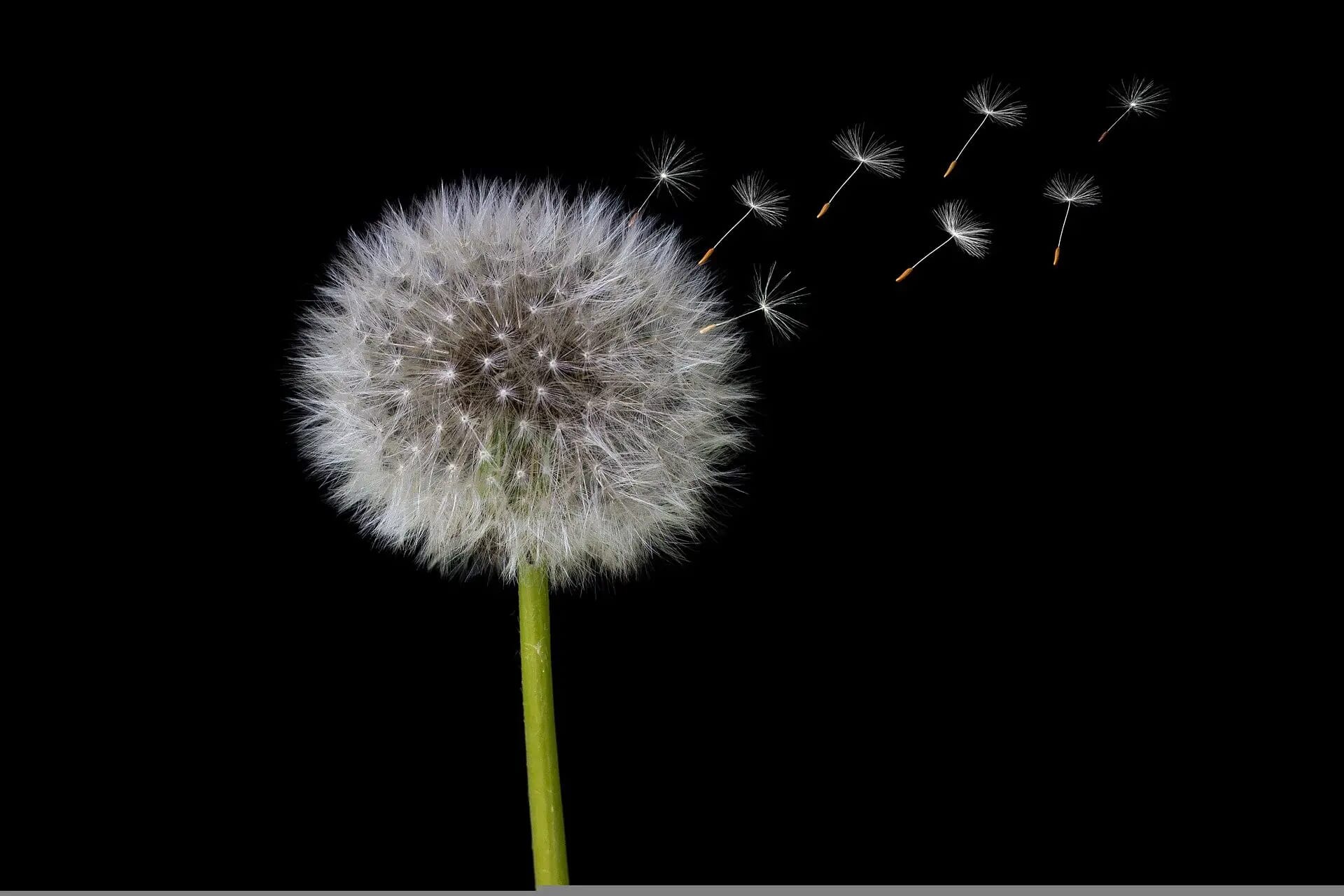
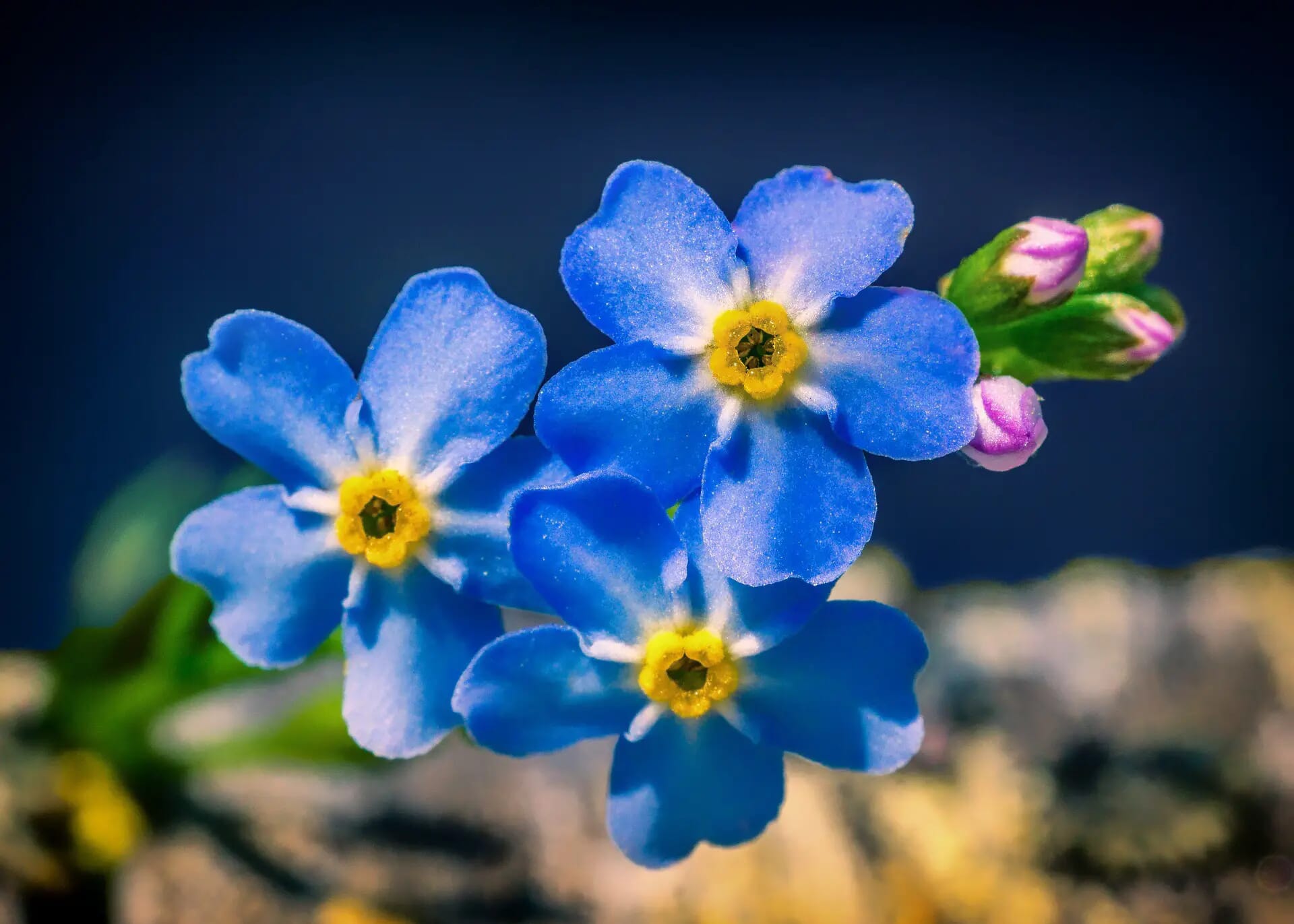


I gotta say this internet web page is definitely unique, hold submitting fantastic info.